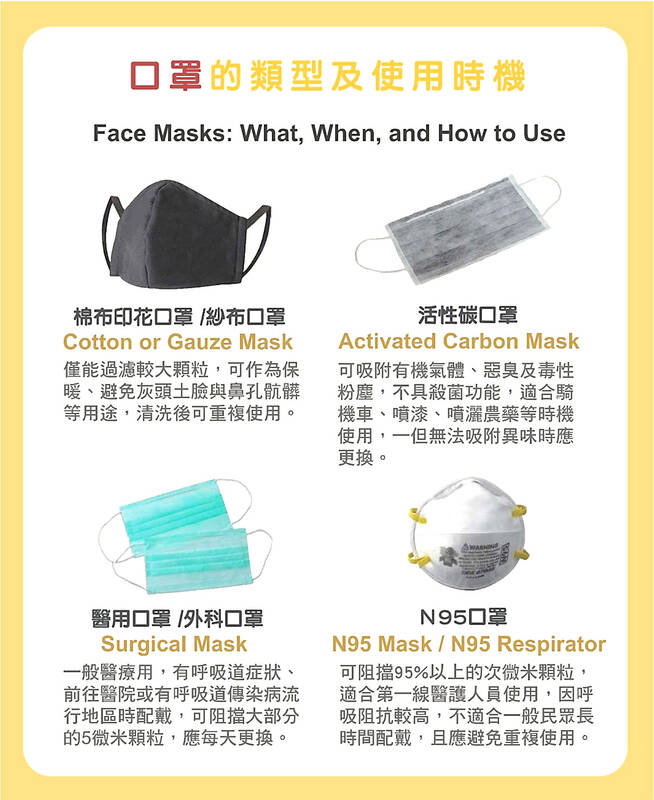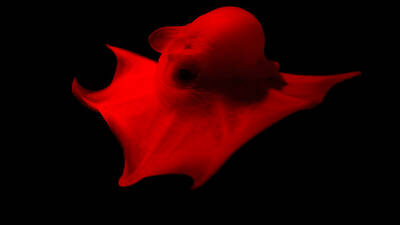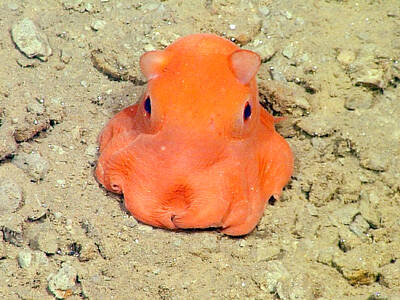2020 年在新冠疫情籠罩下,口罩 (face masks/face covering) 成了日用必需品。疫情爆發初期,外科口罩製造原料「熔噴不織布」(melt-blown nonwoven fabric) 一度成為戰略管制品,也導致熔噴布國際價格飆漲。
我們可以利用這個機會了解一下相關詞彙及知識。
「不織布」(nonwoven fabric),顧名思義,不似一般編織的紡織品,而是使用高壓黏合各種纖維所生成的布狀物,是口罩或抹布等的原料。不織布通常含有聚丙烯(polypropylene,簡寫

Photo/Graphic courtesy of Bookman 圖片:書林
PP)或聚乙烯(polyethylene,簡寫 PE)。「熔噴不織布」是在吹送熱風的同時將熔化的樹脂原料從噴嘴擠出,堆疊出極細小的連續纖維,最後形成布片,適合製成各種濾材。
「外科/醫用口罩」 (surgical face mask/medical mask),通常於進出醫院時配戴,是「三層不織布口罩」(nonwoven 3-layer face mask),外層是防潑水的不織布,可避免飛沫,中間是過濾層,能過濾細菌、病毒等細小物質,內層是可以吸水的材質,用途主要是吸收配戴者自己的口沫。
一般的布口罩多少也能擋住飛沫,進而降低感染風險,但防護力明顯不足,且須勤於清洗、消毒、晾乾;而 N95 口罩 (N95 respirator/N95 mask) 有最好的隔離效果,但容易使人呼吸困難;所以外科口罩還是最適合一般民眾配戴防疫,也有足以阻絕病毒的效果。
When used properly and in higher-risk settings, medical masks and respirator masks give better protection from COVID-19 infection than cloth masks.
此外,還有以伸縮性的聚氨酯泡棉 (Polyurethane, PU) 製作較美觀的、可清洗的「匹塔口罩」(pitta mask)。
Made with polyurethane, this mask is very light and comfortable. The texture makes it flexible and stretchable to match the shape of your face. It can be washed and reused repeatedly.
最後要提的是英文的 face mask 一詞是一詞多意的 blanket term,它可以指口罩,也可以指面膜或面罩。
防疫必備詞彙:防護器具用品
社交距離 social distancing
額溫槍 forehead thermometer
耳溫槍 ear thermometer
紅外線體溫測量儀 infrared thermometer
體溫熱像儀 thermal imaging camera
乾洗手(劑)hand sanitizer
消毒濕巾 disinfecting wipes
個人防護裝備 personal protective equipment (PPE)
護目鏡 goggles
文章由書林出版公司提供:
www.bookman.com.tw
蘇正隆 — 台灣翻譯學學會前理事長、師大翻譯研究所兼任副教授; 編著《英語的對與錯》,《世紀病毒:必讀防疫英文知識與詞彙》...等

The deep waters off the coast of California are home to a bizarre creature: the flapjack octopus. This creature, known for its pancake-like appearance, spreads itself thin on the seabed as a clever survival strategy, making it difficult for predators to spot and capture it. With its unique, umbrella-shaped body formed by webbed arms, the flapjack octopus moves through the water in a graceful manner. It propels itself forward by rhythmically moving its body and contracting its webbed arms. Its pair of ear-like fins, which move independently yet with remarkable coordination, also help it explore the deep-sea environment. These

Bilingual Story is a fictionalized account. 雙語故事部分內容純屬虛構。 I stand by the Miluo River as dusk falls. The court betrayal is too much. I served Chu with loyalty. I forged alliances and fought corruption. But the whispers of jealous courtiers, the murmurs of treason, spoke louder. The king cast me out. The water looks calm. It promises peace. I step in. The river is cold against my legs. I hear shouts behind me — fishermen calling my name. I keep walking. The calls grow louder, but I do not turn around. The water rises to my chest. It pulls at me. I

In Taiwan, people can use a platform to rent a power washer for a weekend or share unused garage space for someone’s storage needs. These are examples of the sharing economy, a consumption model that has gained widespread adoption worldwide. This approach allows people to rent or share assets like cars, homes or even services, typically through online platforms. This innovative model poses a simple yet powerful question: why purchase infrequently used items when sharing is more practical? By making useful but idle resources accessible, the sharing economy turns them into sustainable opportunities. Internationally, platforms like Airbnb and Uber have popularized

Continued from yesterday(延續自昨日) https://www.taipeitimes.com/News/lang Many people may be familiar with flapjack octopuses thanks to Pearl, a charming character from the Pixar film Finding Nemo. However, her portrayal presents several scientific inaccuracies. In reality, flapjack octopuses are deep-sea creatures, which are unsuitable for the brightly lit shallow reef environment depicted in the film. Their primary defense mechanism relies on their reddish coloration, which would be ineffective in the well-lit shallows. Pearl’s famous line, “You guys made me ink,” is another fictional detail that is not consistent with the observed actions of real flapjack octopuses. As common as it is in many other octopus